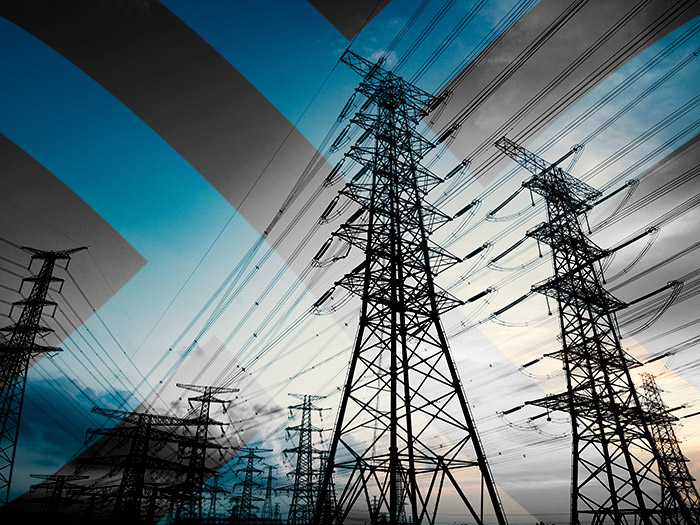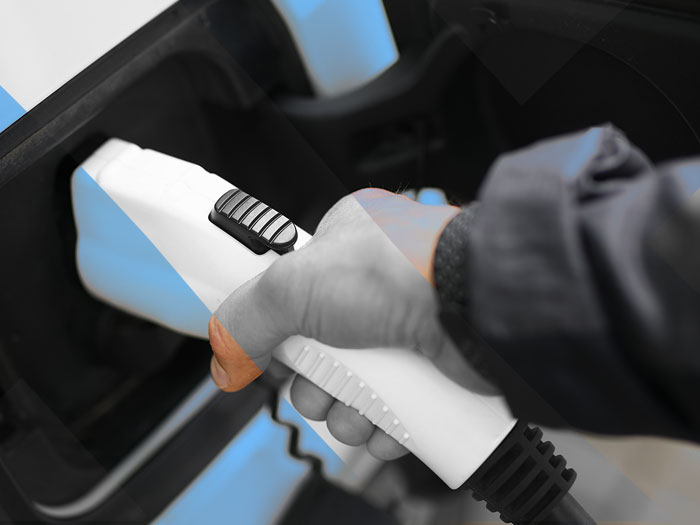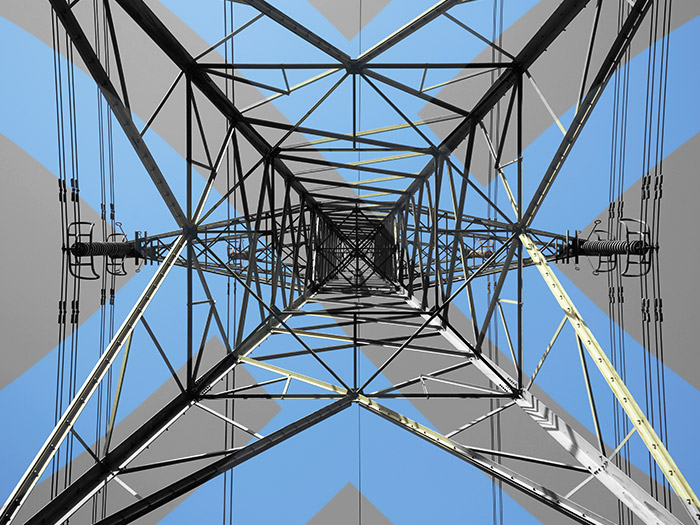News
better business decisions
Posted 6 years ago | 4 minute read

Triads don’t need to be try hard
Managing Triad avoidance effectively is crucial for business energy cost savings. Before we go into the detail of how to make Triad avoidance incredibly easy, here’s a quick refresher of the facts on Triads.
QUICK TRIAD FACTS
- Triads are the half hour slots that have the highest demand on the electricity grid
- Triads occur during the Winter months between November and February due to the increased need for light and heat.
- These half-hourly periods normally occur between 4pm and 6pm on weekdays.
- There must be at least ten days between individual Triads.
WHY AVOID TRIADS?
Triads exist in order to calculate the Transmission Network Use of System (TNUoS) costs. These charges are incurred by large electricity consumers. Transmission costs as a whole can be reduced if demand is decreased when a Triad warning is issued.
HOW TO PARTICIPATE IN TRIADS
To participate in peak avoidance, you can sometimes work with your supplier, manually participate by yourself or alternatively, you can work with an energy services and technology provider such as GridBeyond to provide a bespoke level of triad avoidance depending on your operational requirements.
By working with GridBeyond, you will also open a gateway to many other savings and revenue generation opportunities you may not receive through other providers.
ALERT OR AUTOMATION?
Many Triad avoidance suppliers provide emails or text messages each day. GridBeyond clients receive warnings and automation in a number of ways. Ranging from the daily email and SMS solution you see with many providers, through to the unique platform Triad Predictor dashboard. These can be paired with manual turn down, or there are a number of automation options, ranging from load shifting to automation with generation/battery assets. Automation is enabled by the GridBeyond demand control platform.
The main advantage of GridBeyond’s automation is that your business need not alter energy use for longer than necessary. Many suppliers simply use the National Grid demand data available to predict these, which often results in demand turn down for up for 4 hours. In order to minimise the disruption to your business, we have developed a highly accurate way of predicting Triads, not just based on National Grid predicted demand, but previous year’s data, threshold patterns, weather and temperature (for example, if a day is cold with little wind, then a Triad is likely, whereas milder days with a lot of wind makes a Triad more unlikely). This means that the maximum time you’ll be expected to turn down for is 1.5 hours, a 62% decrease.
TRIAD AUTOMATION LEVELS
Most of our clients participating in peak avoidance are involved in some form of frequency response or balancing services too. The unique platform is able to manage and automate all areas, which is why the majority start with the automated solution to ensure they optimise savings from day one. That said, we are able to accommodate several levels of automation, depending on what the customer is comfortable with. However, more often than not, once they have seen first hand the capabilities of the platform and how operations are not affected, they are more than happy to move across to automation.
Manual triad avoidance is obviously more risky, as it relies on human action to be taken based on the warnings. If a person is unavailable or misses the warning, the Triad is missed. Automation ensures a Triad is never missed, and if control is an issue, once the warning is provided, the system can be manually overridden at any point if there is an issue with turning down, load shifting or generation.
“The Triad system is generally welcomed by large industrial users of electricity because they have an opportunity to reduce their overall energy bills by switching off plant at a time that might coincide with one of the three half-hour times of peak demand.” – Stuart Boyle, National Grid.
For more information on peak avoidance and revenue stacking opportunities, feel free to








